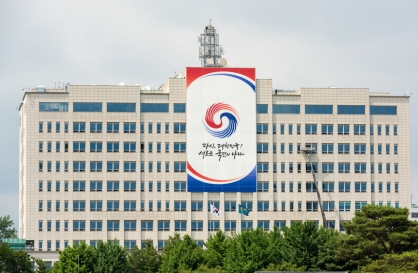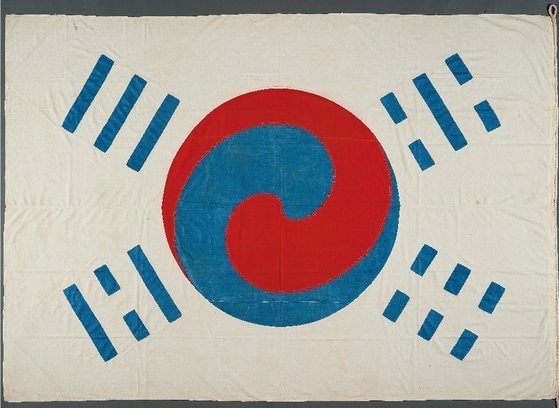 |
The Denny Taegeukgi (CHA) |
Three Taegeukgi, the national flag of Korea, have been officially designated as national treasures, the Cultural Heritage Administration announced on Monday.
Among some 20 Taegeukgi which are registered as state-designated cultural assets, O. N. Denny’s Taegeukgi, the Taegeukgi with Kim Gu’s Writings and Signature and the Jingwansa Taegeukgi stood out for their historical value, especially the time and meaning of their production.
The Denny Taegeukgi, housed at the National Museum of Korea, is known to be the oldest and the largest extant Taegukgi, measuring 262 centimeters in width and 182.5 centimeters in length. The flag was part of collection held by Owen Nickerson Denny (1838-1900), an American diplomatic advisor to King Gojeong in 1886. It is said that King Gojong gave it to Denny around 1890 before Denny left Joseon the following year. His descendants donated the flag to Korea in 1981.
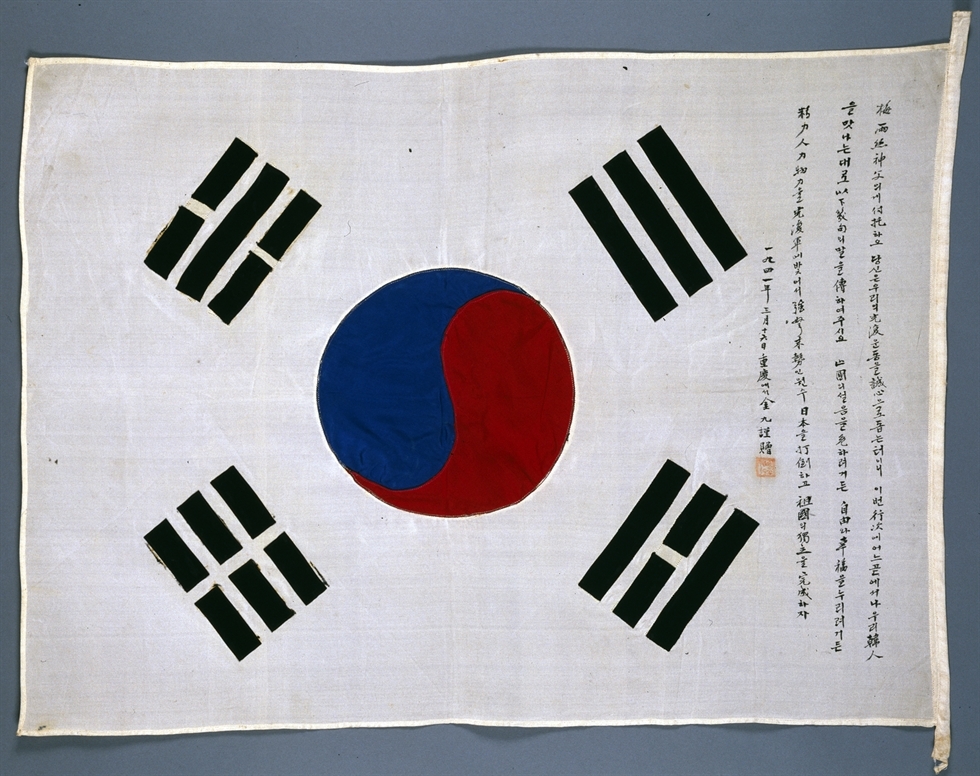 |
The Taegeukgi with Kim Gu’s Writings and Signature(CHA) |
A statement by independence activist Kim Gu (1876-1949) of the Provisional Government of the Republic of Korea asking his compatriots to help the Independence Army is written on the Taegeukgi with Kim Gu’s Writings and Signature.
The writing is dated March 16, 1941. Kim gave it to Charles Meeus, a Belgian priest who was heading to the US from China in the same year. The priest delivered the Taegeukgi to the wife of Ahn Chang-ho, also an independence activist. The descendants of Ahn donated the flag to the Independence Hall of Korea in 1985.
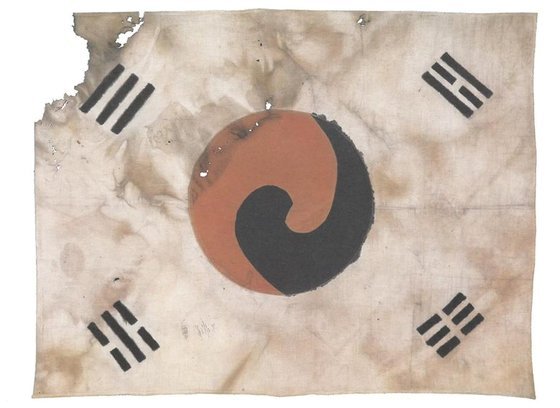 |
The Jingwansa Taegeukgi (CHA) |
The Jingwansa Taegeukgi, held in Jingwan Temple in Bukhansan, Eunpyeong-gu, northern Seoul, was discovered inside an inner wall of Chilseonggak, a pavilion at the temple, during renovations in May 2009. It is known to be the first Taegeukgi discovered in a Buddhist temple that was made during the time of Japan’s colonial rule of the Korean Peninsula.
“The three treasures are significant in that they show different stages of modern history with changes of production,” Park Su-hee, deputy director of the Tangible Cultural Heritage Division of the CHA, told The Korea Herald on Monday.
The first Taegeukgi is known to have been created in 1882. King Gojong, the last Joseon king, declared the use of Taegeukgi nationwide on March 6, the following year.
Design standards were not established at the time, which led to various sizes and shapes of Taegeukgi being produced.
By Kim Hae-yeon (
hykim@heraldcorp.com)




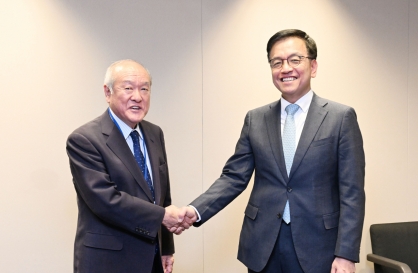




![[Kim Seong-kon] Democracy and the future of South Korea](http://res.heraldm.com/phpwas/restmb_idxmake.php?idx=644&simg=/content/image/2024/04/16/20240416050802_0.jpg)
